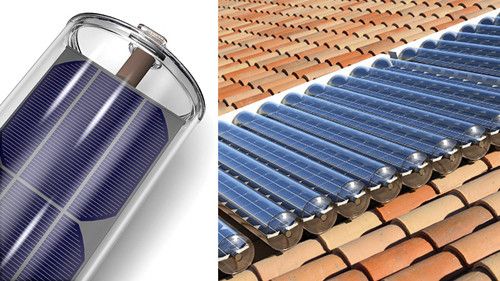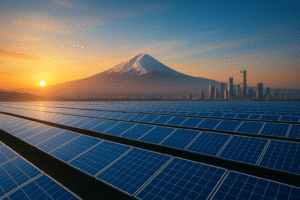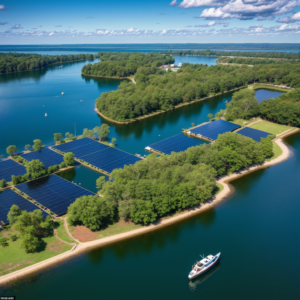Solar Water Heaters
Solar systems for heating water (solar water heater), in their composition consist of tanks and solar collectors.
There are two types of solar water heaters: active, which have circulating pumps and controls, and passive, which do not have such devices.
Most solar water heaters require a well-insulated water tank.
These tanks have additional inlets of the hot fluid from the collectors and drainage of cooling them.
There are three types of collectors that we can use for our homes:
Flat panels – are isolated boxes containing waterproof dark absorb surface planted under cover of transparent one layer or multi-layer glass or plastic (polymer).
Integrated collectors with storage system, compiled by one or more dark tanks or pipes in isolated box covered with glass.
Cold water first passes through the solar collector, who pre heats the water.
The water then continues on additional heaters, which provides a secure supply of hot water.
These collectors should be placed only in areas with mild climates because the external pipes can freeze at low temperatures.
Collectors with vacuum tubes composed of parallel transparent glass tubes.
Each tube contains outer glass casing and inner absorption metal tube that has attached metal wings (ribs) in length. Coating of panels absorb solar energy, and prevents heat loss by radiation.
 Collectors with vacuum tube
Collectors with vacuum tube
There are two types of active solar water heaters:
Direct circulation systems – pump circulates water through the collectors to household. These systems work well in areas where the temperature rarely falls below zero.
Indirect circulation systems – pump circulates fluid which does not freeze (the heat transfer fluid) through the collectors and heat exchanger. From the heat exchanger heat is transferred to the sanitary water which is then used in household. These systems are commonly used in places where there are periods of very low temperatures.

Passive solar systems for heating water are cheaper than active, but usually not as effective. There are two basic types of passive collectors:
Passive systems with integrated collector tank for storage. These systems work best in areas where temperatures rarely fall below zero. They are also good for households who have significant needs for hot water during the day and night.
Thermal siphon systems – water circulates through the system in a natural way, because the warm water rises as lighter and cold goes down. Collector must be installed under the tank to allow the ascent of hot water towards him. These systems are safe but must be pay attention to the roof structure, because they contain a large reservoir.
The surface of the collector depends on several factors, including:
- Type of collectors
- Dimensions of the tank storage
- Location, slope and orientation of the collectors
- Local climatic conditions
The most usual placement of solar collectors is roof surfaces, but they can be placed near the house in an appropriate framework. In each case it is good to pay attention of the pipes entering and leaving the tank to be as short as possible.
As a general rule the collector should be placed on the south side, but it is allowed exceptions to 40 * east or west because there is no significant reduction of energy radiation.
The highest production of hot water is achieved when the collector is always placed at right angles to the sun. Anyway; the optimal angle of inclination varies according to the seasons, because in summer the sun has a higher position in the sky than in winter.
After installation, the proper maintenance will allow the system to function without problems. Passive systems do not need more maintenance. For maintenance of active systems it is best to consult the supplier of the system and to consult the manual leaflet which is delivered with the system.
In regions with dry climate it is necessary from time to clean dust from transparent cover of the collectors.
Regular maintenance on simple systems is carried out every 3-5 years.
Systems with electrical components usually require replacement of spare parts after 7-10 years.
I can recommend this great site with more details related to building solar water heaters.





